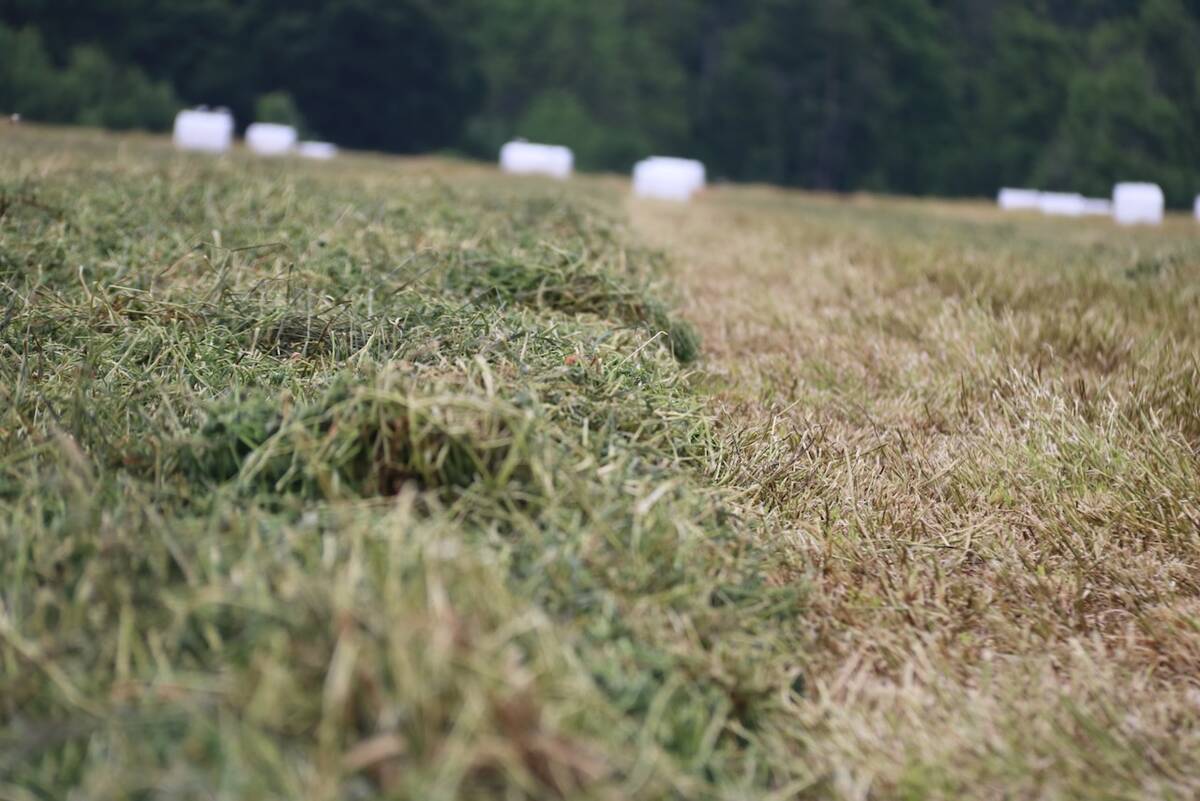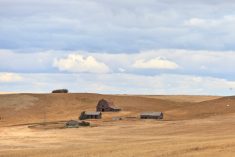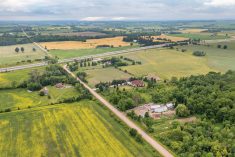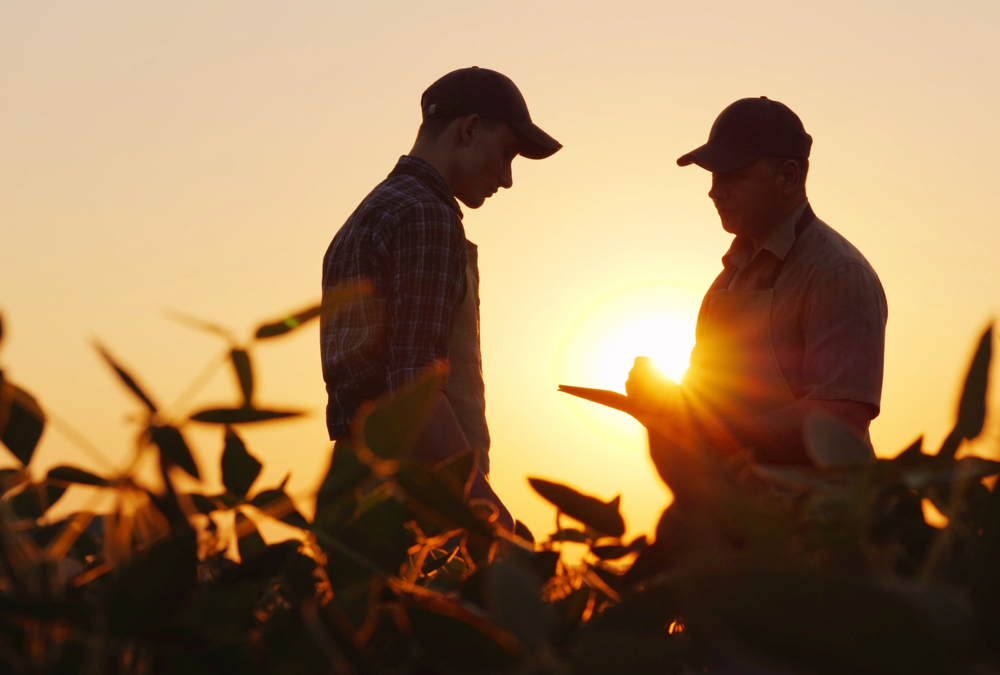When the value of land goes up it tends to affect land rental prices too, but it’s not the only factor that has seen land rents increase over the past few years — in some areas quite dramatically. Productivity of the land is also hugely important, as is the amount of competition for land in a particular area.
“When commodity prices were high we saw a lot of lower quality or marginal land put into production. Because that land wasn’t very productive, it was renting out in some parts of Saskatchewan for around $35 to $40 an acre,” says Lyndon Lisitza, owner of Renterra, an online service which matches up renters and landowners. “When you saw commodity prices drop off that was the first land to disappear from the radar as far as rental because it was land that probably shouldn’t have been put into production in the first place, and nobody was interested in it, or if they were it was at a reduced price.”
Read Also

New high-performance forage training program to launch in 2026
A new Canadian Forage and Grasslands Asssociation high-performance forage program will be a resource for farmers, agronomists and others in the forage sector.
Today, with higher land values, and lower commodity prices, the quality of the land is even more important to producers wanting to rent. “High quality land is still renting at a very good price,” says Lisitza. “As well, the equipment is getting larger and larger. You don’t have guys wanting to go around sloughs and they want corner to corner, and that also has an impact on what they are willing to pay.”
How hungry is the competition?
Competition from larger farmers hungry for land is definitely having more impact than it used to, and they’re willing to go further to get the land they want. “There are some areas of Saskatchewan where I have two or three very large producers, farming 15,000 to 20,000 acres who are overlapping in their region, and land rents are definitely higher in those areas,” says Lisitza. “If a landowner has a decent bundle of land, so say 13,000 acres in a relatively small geographical area, that will have a big impact on rental value because producers are looking to get large packages of land and they’re willing to travel and pay for it. I’ve had producers from Alberta coming into Saskatchewan to farm if they can find enough acres here in the province.”
Generally large producers signed up for Lisitza’s service are looking for at least 10 quarters to rent, but that sometimes offers some opportunities for smaller producers who just want a quarter or two. “Smaller producers aren’t usually looking to suddenly double their acres, but are often just looking for a quarter or two because that’s a nice increase for them. They can manage it feasibly and grow gradually,” says Lisitza. “I know some landlords who are hesitant if a guy is farming 2,000 acres to come along and rent them another 2,000 because it’s a lot of risk. The entire structure of their operation has to change to accommodate. The progression of farming over the last 30 years has been to start with a few hundred acres and built it up. The scale has changed but that mindset probably still applies.”
Rates starting to level out
Many people in the farm industry feel that land rental rates are starting to level out. “I think that factors in agriculture such as lower commodity prices and more stable land value is going to slow or stop the increase in land rental rates,” says Roy Arnott, farm management specialist with Manitoba Agriculture.
Production challenges in some areas are also likely going to put pressure on rental values to stabilize or maybe even reduce. “I don’t think we are going to see much of an increase in land rental rates any more given the current economic situation we are in right now in Western Canada,” says Lance Stockbrugger, Saskatchewan farmer and chartered accountant. “I think farmers are going to be seriously looking at their cash flow and saying I can’t pay any more, or maybe getting into the situation where they are paying too much already given the prices that we are dealing with. Twenty per cent of the crop in Saskatchewan hasn’t been harvested [at time of writing in mid-October]. That’s going to be a bit of a reality check for people.”
As producers add some new and high value, specialty crops to their rotations, that’s also having an impact on land rents depending on the ability of the land to grow them. Lentils are a great example. “If you live in an area where you’re going to be able to grow a good crop of lentils, and if there’s competition for that land, you are going to see an impact because your potential profitability is higher and the land rental prices usually reflect that,” says Lisitza.
















